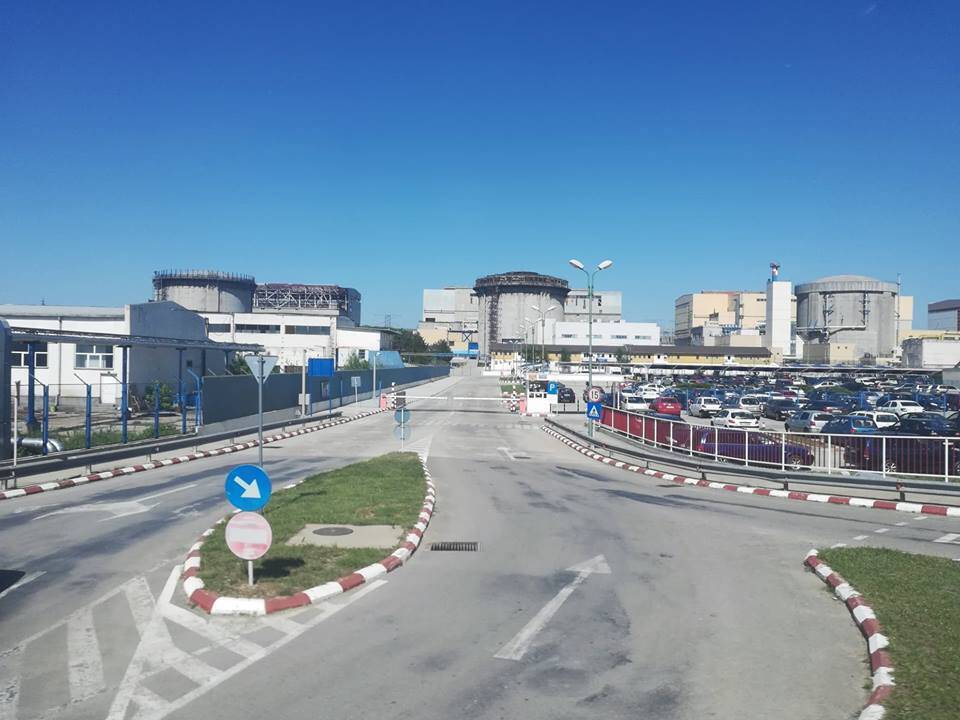
The Energy Ministry has published a summary of the study it has requested concerning the introduction of CfDs to finance energy investments. All low carbon emissions technologies will qualify for this mechanism, which ultimately implies additional payment by consumers of a contribution to support these investments. It will be called „support for low-carbon electricity generation through the CfD” and you will see it in the invoice. The scheme, with the related costs, is still a project.
„The Ministry of Energy’s proposal is to use the approach to set a maximum global annual support level expected to be allocated to the whole CfD mechanism, broken down into technologies:
– an annual subsidy budget of about 125 milion euros/year is proposed for RES projects;
– an annual subsidy budget of around 215 million euros/year is proposed for nuclear projects;
– for CCS/CUC projects, the annual budget will be established when they become commercially viable”, the Ministry of Energy reports.
Therefore, this scheme could fund Cernavoda reactors 3 and 4, wind farms or photovoltaic and hydro power plants, for the time being. Subsidies would start being granted to renewable energies starting 2019, and to nuclear reactors starting 2030, if the CfD system will be functional.
„For both wind, solar, and hydro power, the total amount of support required starts to decrease after 2031, as wholesale prices will start to rise that year. The average annual subsidy for the whole period amounts to approximately 50 million euros for solar energy, 45 million euros for wind energy and 30 million euros for hydroelectric power. The Ministry of Energy’s option is that support for renewable energy is only granted to technologies that cannot function without a support scheme. It will also be granted only until they become sustainable without state aid”, the Ministry shows, regarding the renewable energy area.
„The average cost over the lifetime of Cernavoda reactors 3 and 4 is above the average market price in the CfD scenario and therefore we estimate the need for significant support through a CfD contract. The annual subsidy level reaches its peak in 2031, the year in which the wholesale price is at the lowest level, but then decreases over time as market prices rise (due to rising gas prices and prices of CO2). Based on the estimates, the gap between costs and revenues from wholesale nuclear energy sales implies an average subsidy of 215 million euros/year between 2030 and 2040”, the Ministry notes, referring to the nuclear area.
So if all projects are funded, for a certain period of time, Romanian consumers will pay 340 million euros/year to support the scheme.
Payment, directly through invoice
The most direct approach to providing the funds needed to operate the CfD mechanism is to collect the amounts requested from the final customers’ invoices, based on a contribution included as a separate item in the invoice („support for low-carbon electricity generation through the CfD”). The collection will be made through the 14 license holders of the BRE (Balanced Responsible Party) who have assumed financial responsibility for the payment of imbalances generated on the electricity market.
What does the CfD mechanism really mean?
In short, it is a way to finance energy investments that are not supported, at least in the first phase, only by selling electricity to the market.
The mechanism called Contract for Difference (CfD) works by stabilizing revenues for producers benefiting from it at a fixed price level known as the „strike price”.
„Strike price” means, generally, the final price per MWh that the investor will obtain as a result of the contract for difference. The strike price is an electricity price that reflects the cost of investment in a particular technology. This is established following calls for CfD support or, in the case of single projects, through direct negotiation.
In the auctions, the strike price may not exceed an amount determined administratively based on estimates of the evolution of the prices of the respective technologies (reserve price).
For projects to be supported under the CfD mechanism, an ex-ante „reference price” will be established annually, calculated based on the average prices recorded on centralized markets in previous years for delivery during the implementation period.
Thus, within a year, the CfD beneficiary producers will sell their electricity produced on the competitive electricity market and earn revenue from this sale; if their price on this market is below the fixed price called „strike price”, they will receive a payment representing the difference between the „reference price” and the „strike price”. Payments will be made by an entity called Counterparty. Most likely this will be the Romanian Gas and Electricity Market Operator (OPCOM) if the Ministry of Energy’s proposal is accepted.
On the other hand, if their price by selling electricity on the competitive market is higher than the strike price, the CfD beneficiaries will have to reimburse the difference to the Contractor up to the level of the strike price.
Through this market mechanism, CfD beneficiaries will have the certainty of obtaining a certain level of revenue, which guarantees the recovery of the initial investment.






